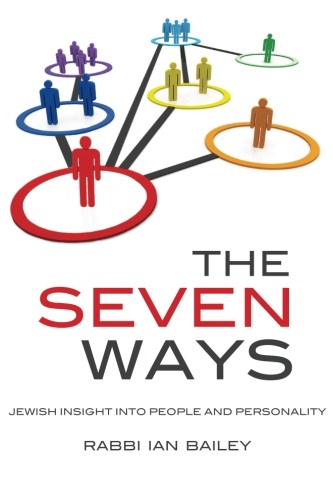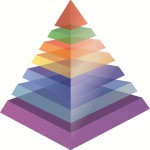Chanukah’s Combustion
5 Short Lines and Longer Version
Chanukah PDFChanukah is related to the middah (concept/attribute) of hod. Hod means light or brightness – it represents a unique inner shining quality that an entity has.[1] The event of Chanukah was not only a war, but a battle about whether stones and wood planks can have deeper meaning – unseen spirituality. The Maccabees argued the planks and stones could, and the opposition used rational reductionism to disagree.
The purpose of rational scientific thinking is to see how the world technically works and how amazing it truly is-not to replace G-d with our own brains and amazement. Putting G-d into the equation changes it so that we know that a hidden Creator designed it that way.
————————————————–
Chanukah is related to the middah (concept/attribute) of hod. Hod means  light or brightness – it represents a unique inner shining quality that an entity has.[1] Usually people look at something — whether it is people or pieces of knowledge — and they glance at its basic outer layer. However, there are usually deeper layers of significance that the sweep on an eye doesn’t catch. People are very complex and unique; factual information can have deeper implications and meaning. This concept of hod/deeper essence was a big part of the battle between the Jews and their enemies in the story of Chanukah.
light or brightness – it represents a unique inner shining quality that an entity has.[1] Usually people look at something — whether it is people or pieces of knowledge — and they glance at its basic outer layer. However, there are usually deeper layers of significance that the sweep on an eye doesn’t catch. People are very complex and unique; factual information can have deeper implications and meaning. This concept of hod/deeper essence was a big part of the battle between the Jews and their enemies in the story of Chanukah.
There is no physical difference between the boards, stones and metal of an animal barn and the boards, stones and metal of the Israelite temple that stood in Jerusalem. What separates the two sets of components is that some have been declared kadosh (set aside as religious items) and the others have not. There is a “deeper” intangible component to the items. The Greeks banned Sabbath observance, circumcision, and the sanctification of the new moon (Rosh Chodesh). Though they believed in powerful gods and they had philosophers who had conceptions of spiritual or metaphysical realms, they wanted to do away with the deeper components of Judaism in order to marginalize the religion. These three commandments reflect kedusha, setting aside of religiously significant entities, the kedusha of the body and time.
If one wishes to dismiss another’s faith, he or she will denigrate it and declare it to have no religious significance or connection to the spiritual. Those taking the scientific approach, as was developing during the story of Chanukah, do much of the same. There is great  merit in studying, measuring and categorizing the components of the physical universe; but if one does not remember that there is a G-d who made and makes it all exist, he or she runs the risk of appreciating and elevating the intelligent creation, not the intelligent Creator.
merit in studying, measuring and categorizing the components of the physical universe; but if one does not remember that there is a G-d who made and makes it all exist, he or she runs the risk of appreciating and elevating the intelligent creation, not the intelligent Creator.
In my studies in psychology, I come across this issue time and time again. When taking the scientific approach only, one wonders whether a certain behavior is abnormal or normal. If most people do something, does that make it a healthy behavior or do studies in the effect of that behavior on the human body dictate what is healthy? Or is it a judgment call by very well-educated professors? Also, opinions of behaviors change often; what is correct in one decade is not correct in another, so it would seem quite silly to profess to have found conclusive answers with our own investigation alone.
In contrast, when one accepts that there is a G-d and that G-d dictates what is proper behavior, one can utilize guidelines that supersede human conception. Proper and permitted are defined, even though the G-d who gave them cannot be seen. There are no doubt gray areas, such as when a certain action is not clearly forbidden or permitted; but very often one can draw precedents from preexisting guidelines and, at least, guidelines for major decisions and behaviors are in place.
human conception. Proper and permitted are defined, even though the G-d who gave them cannot be seen. There are no doubt gray areas, such as when a certain action is not clearly forbidden or permitted; but very often one can draw precedents from preexisting guidelines and, at least, guidelines for major decisions and behaviors are in place.
Hod permeates Chanukah. An “invisible” G-d, beyond what a superficial glance may see, supported lights for eight days; the fire that burns those lights brings out the inner components of the oil and wick through combustion. Hod reminds us to stop and look for the inner specialness that people have, so that we can appreciate them, just as Aharon, the prototype of hod, would do. It urges us to trust in a Being that is beyond the physical, but provides miracles to save us and support for us each and every day.
Happy Channukah!
IB
[1] See Rav Hirsch to Daniel 10:8.

check out the new book cover in the picture above!!
IB
Thank you and thank you! have a great shabbat chanukah!